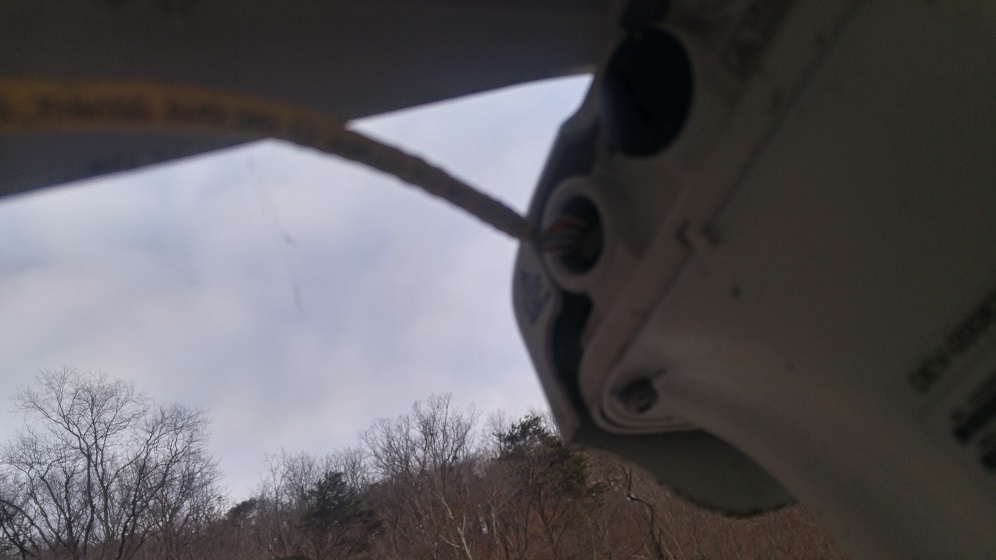Thoughts on security
Power over Ethernet
When I go on a service call, one of the first things I do is stop and look around to see if I can figure out what happened. Like the time I went to McDonald's last month. The call was for the outside AP not working. Port 47 of switch 2 is where it was plugged in. Rather than starting there, I went out to the AP and looked up. Almost immediately I figured out the issue and am very glad I get a two hour minimum. This one was caused by a couple of things that went wrong.
First, when putting a module on a cat 5e cable, you are only supposed to have at most a half inch of untwisted pairs. This is the total for both ends of the cable, not each one. For Cat 6 it is a quarter inch total and for Cat 6A it is an eight inch total. Second, when inserting the wires into the module, the cable sheathing is supposed to go all the way into the module, and not stop short leaving exposed wires showing at the module. I don't think that would have prevented this service call, but it was a symptom of inadequate training or skill for the job. Third, when running a cable outside that penetrates a building or plugs into electronics, a drip loop is required. And finally, when plugging into electronics, a weatherproof gasket is needed.
It's hard to see in the picture, but the cable was ran straight from the wall to the AP with no drip loop, which allowed water to run down the cable without dripping off and entered the module because there was no weatherproof gasket in place. In this instance, the root cause was the lack of a drip loop, and possibly the missing weatherproof gasket. Had the drip loop been there, the water would not have entered the AP, even if the rest of the deficiencies had not been corrected. The weatherproof gasket may have prevented it, but it may have allowed enough moisture to enter the module to short it out. In this case they got lucky that the AP was not shorted out and simply replacing the module with a new one resolved the issue. I also put in a drip loop, inserted the cable sheathing into the module, and although I did not have a weatherproof gasket, I used some electrical tape to improvise one for moisture.
Lessons Learned
Drip loops are there to allow water to drip off of the cable instead of running up the cable and entering the building or electronic device.
Ethernet cables have twisted pairs of wires to help reduce cross talk, or interference, caused by electrical signals slipping from one wire to another and also negatively affects speed.



